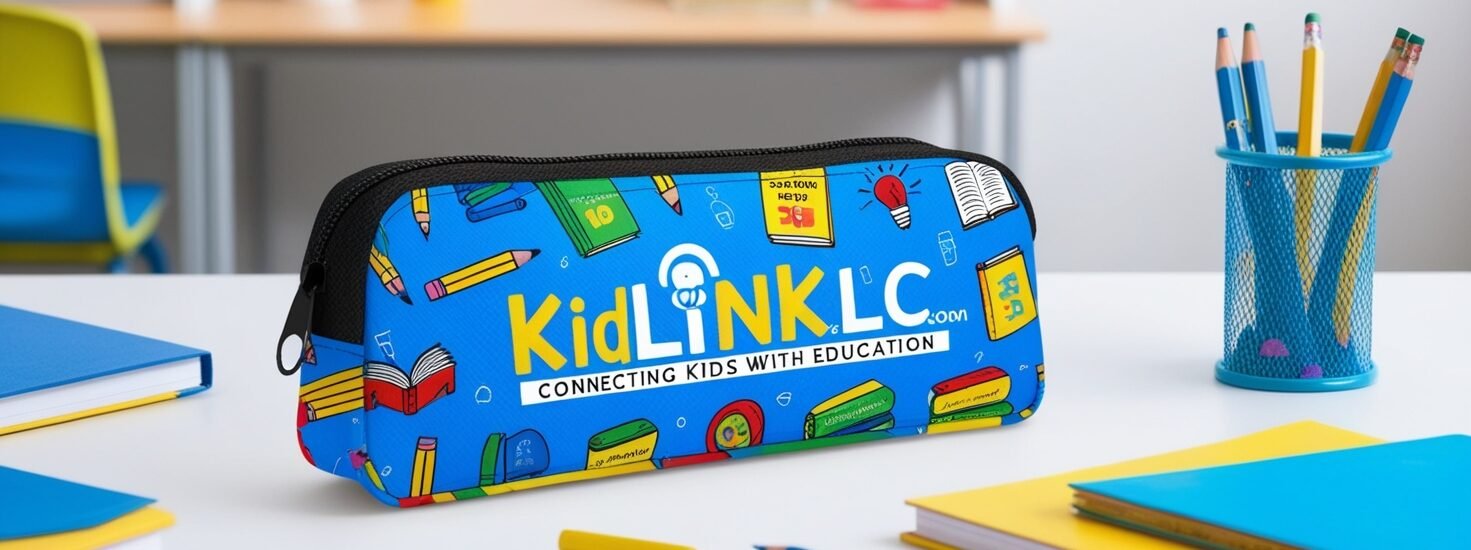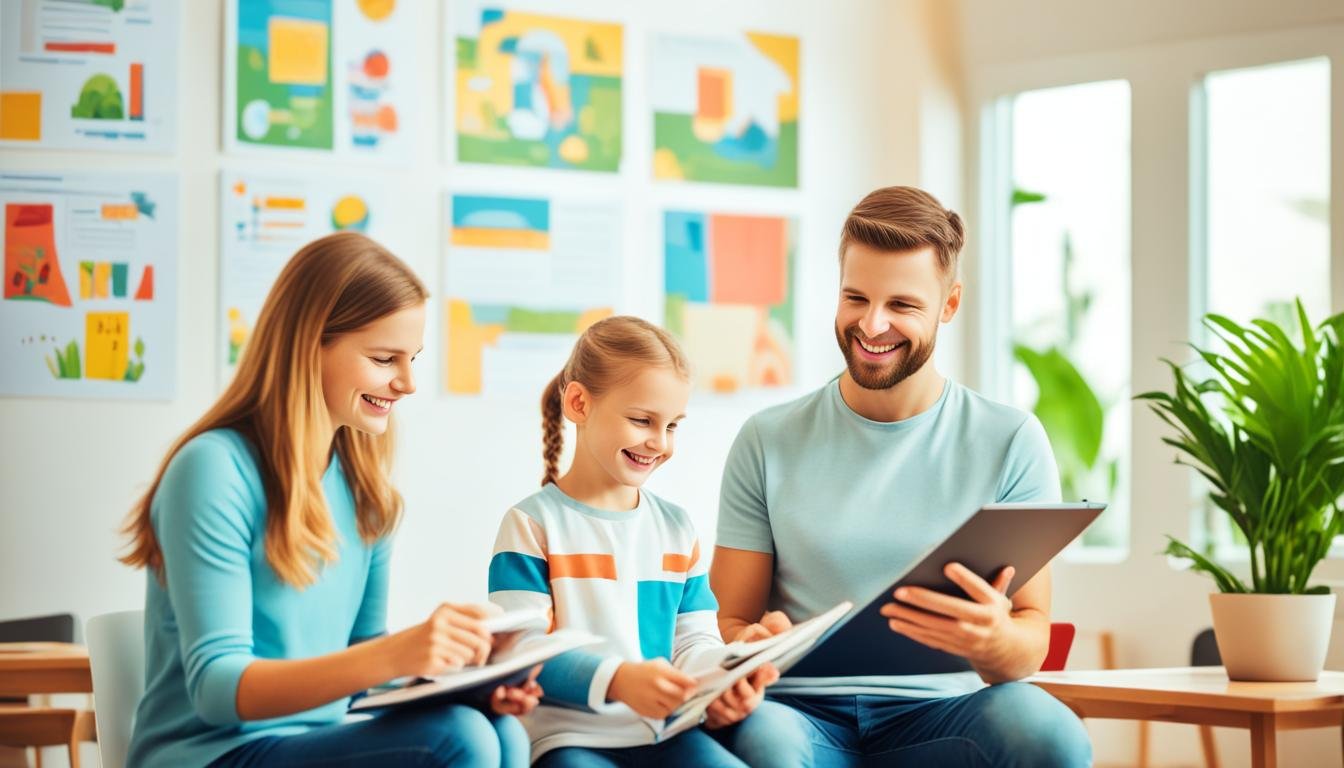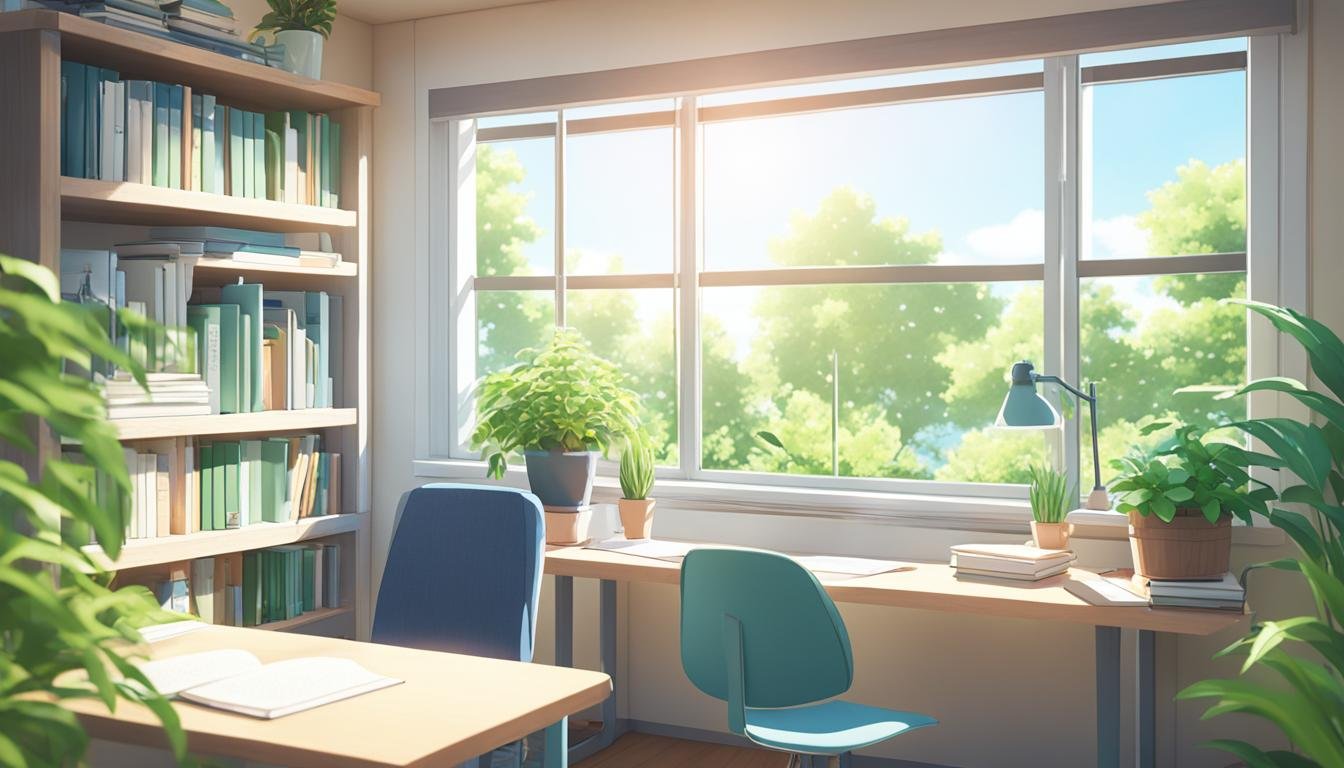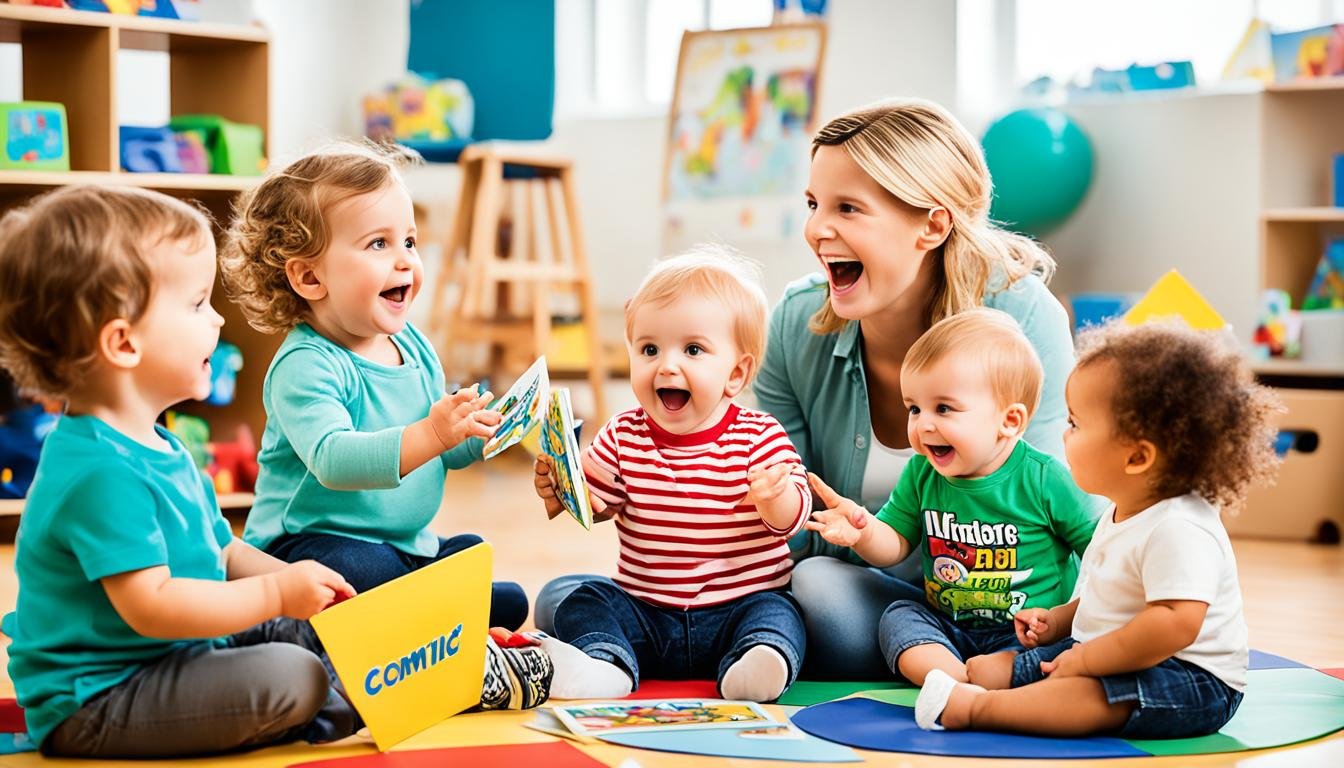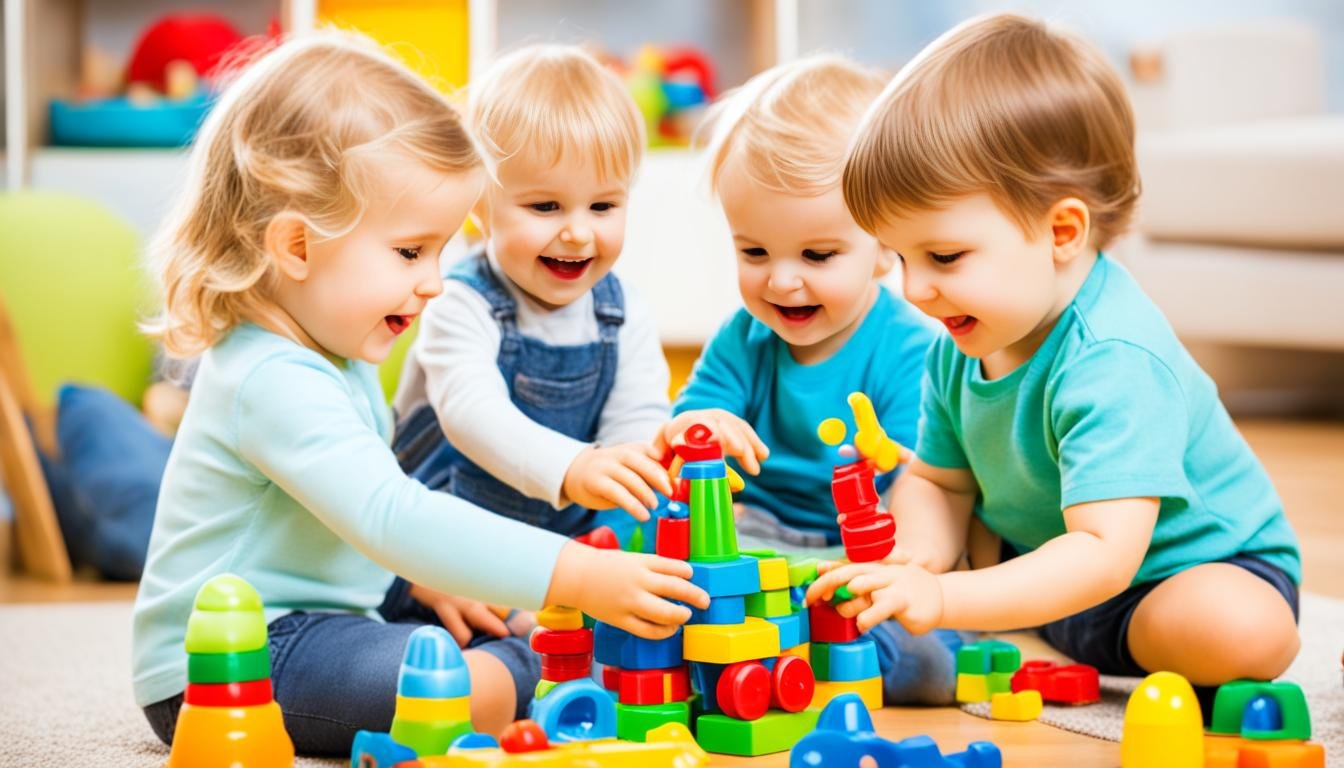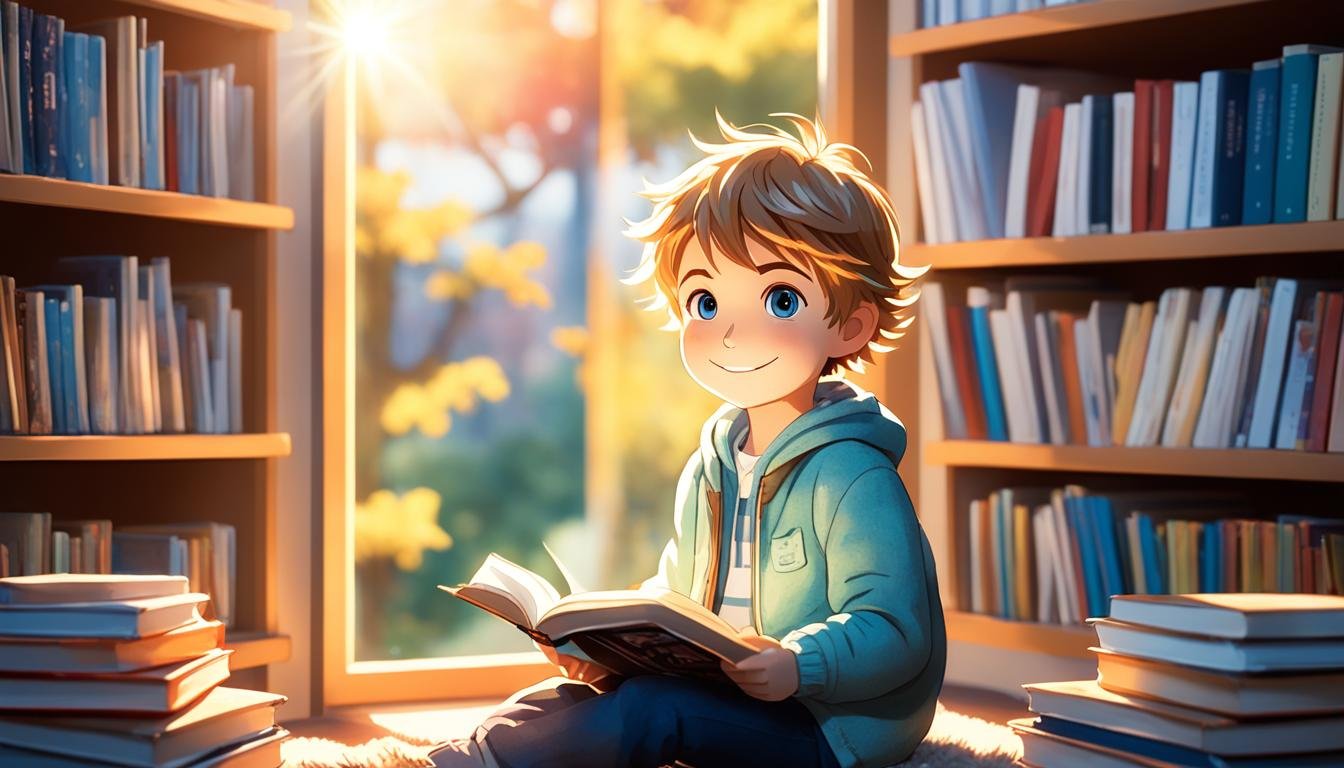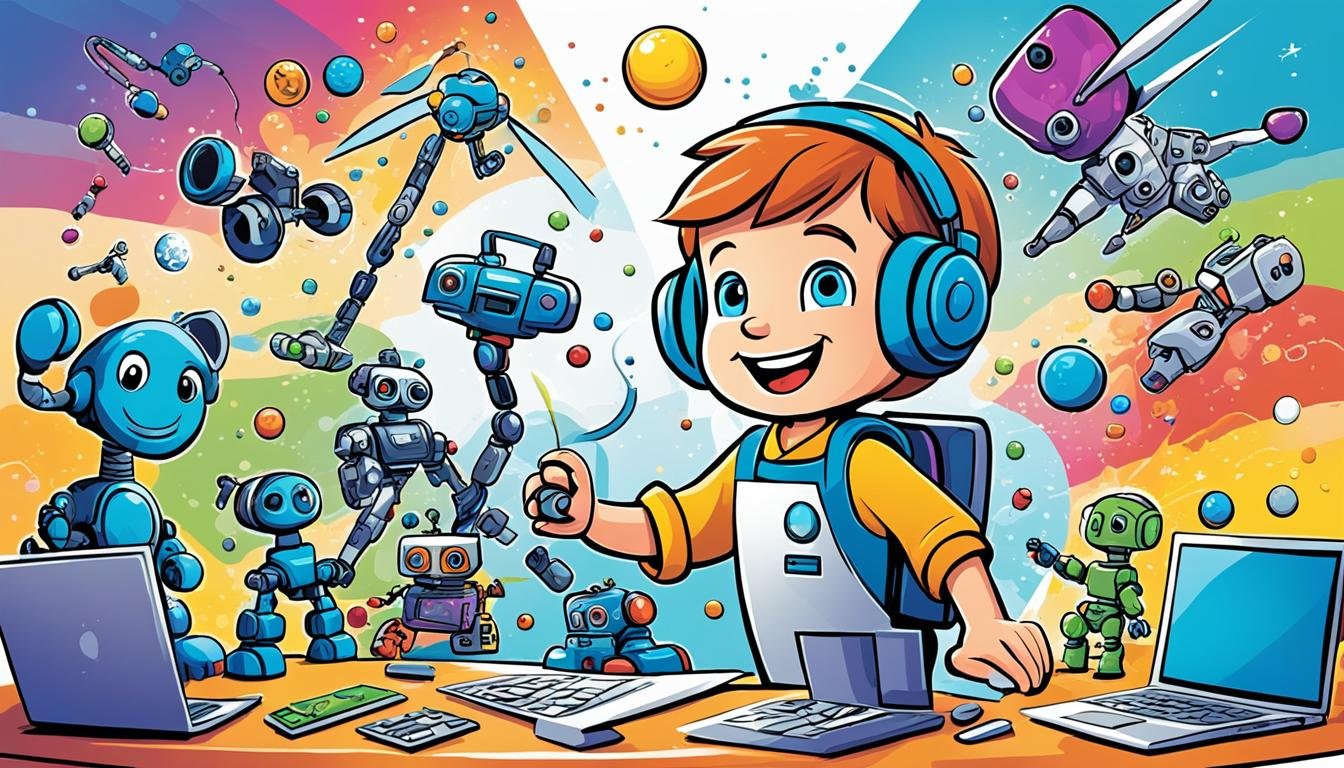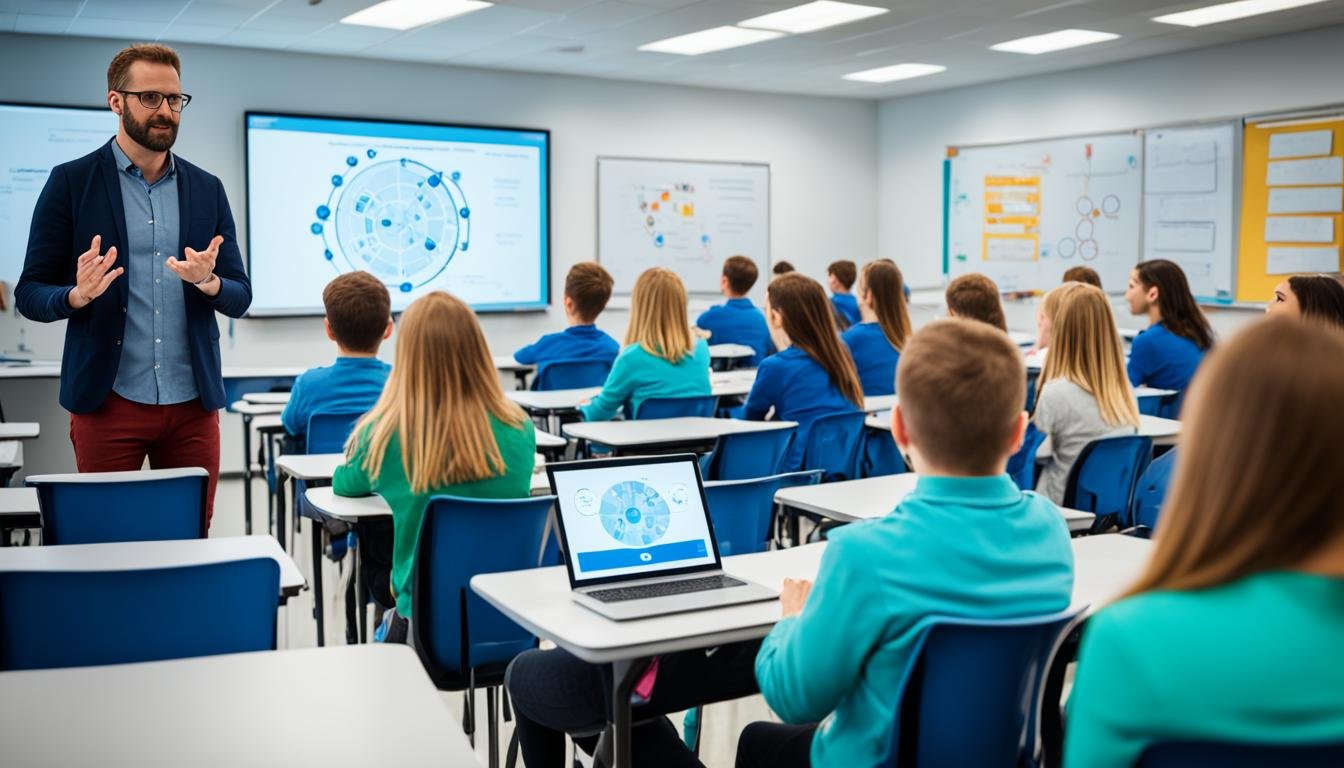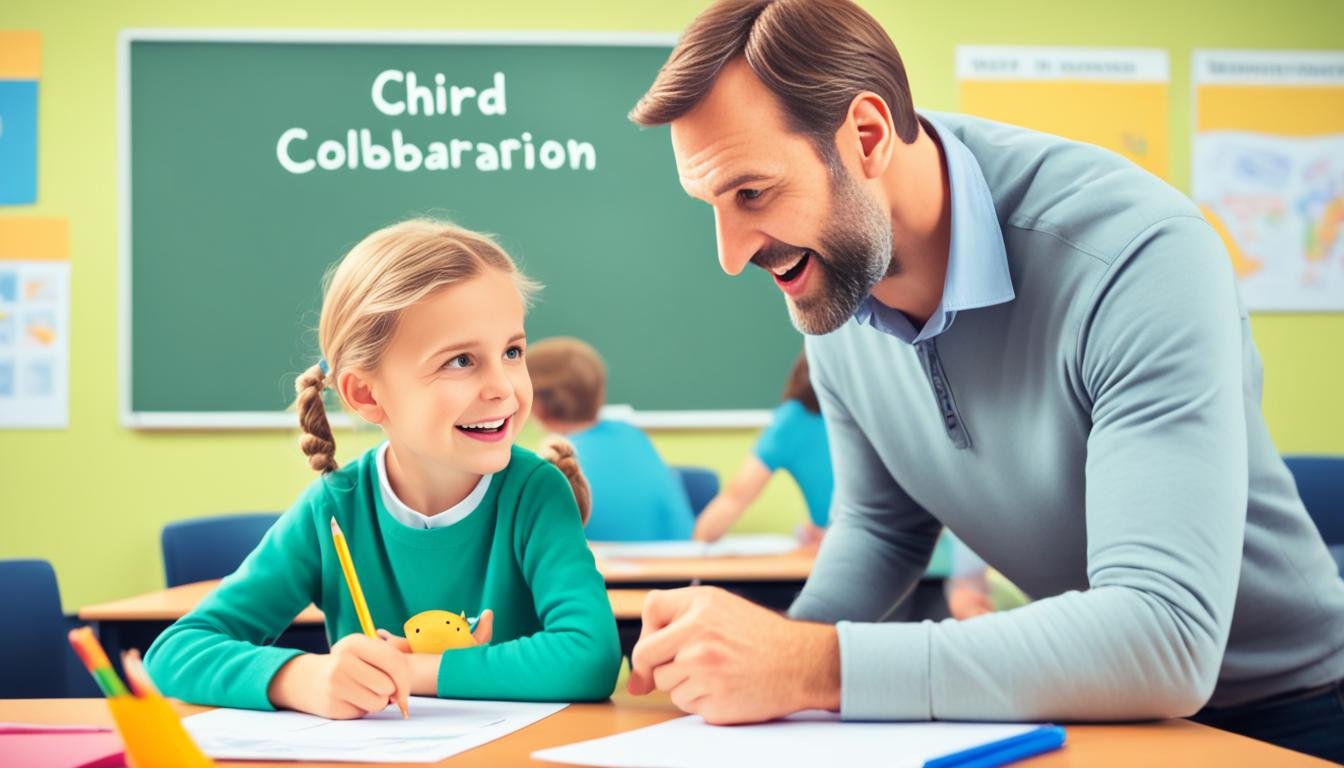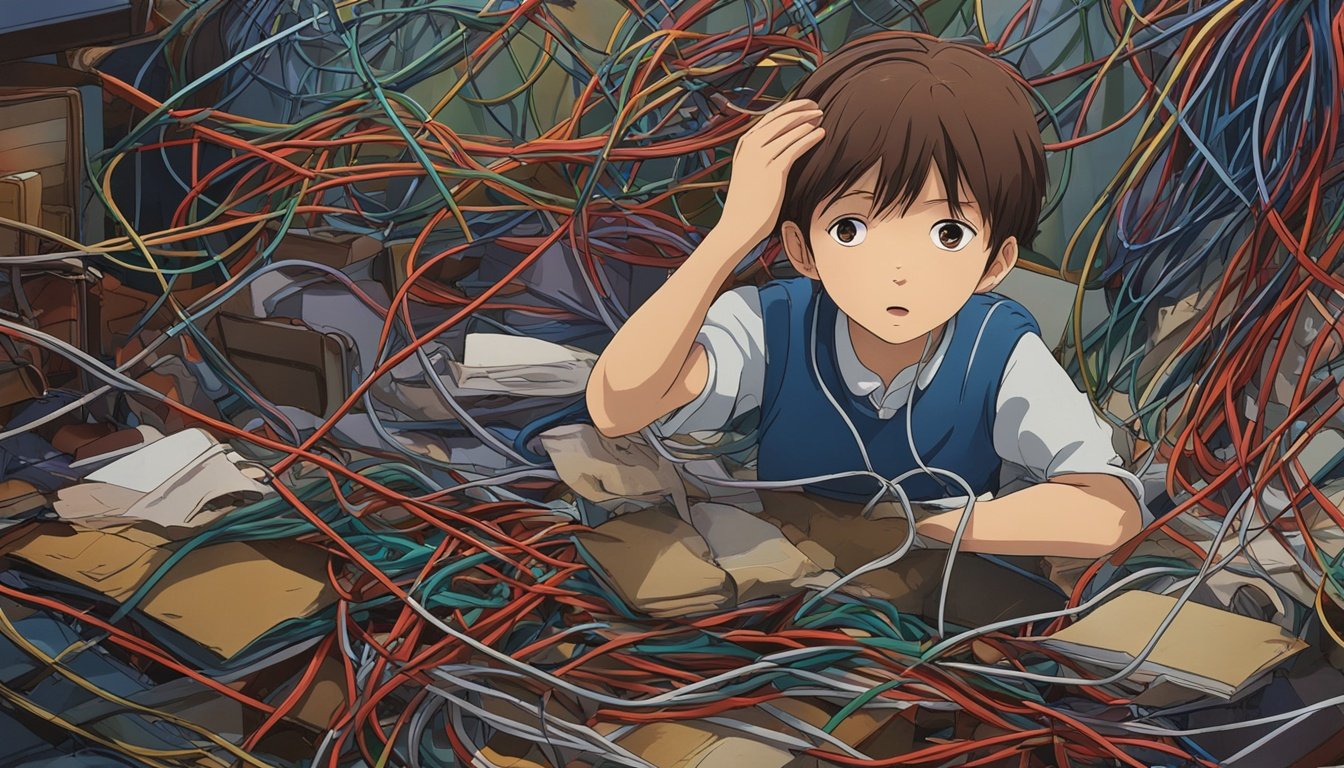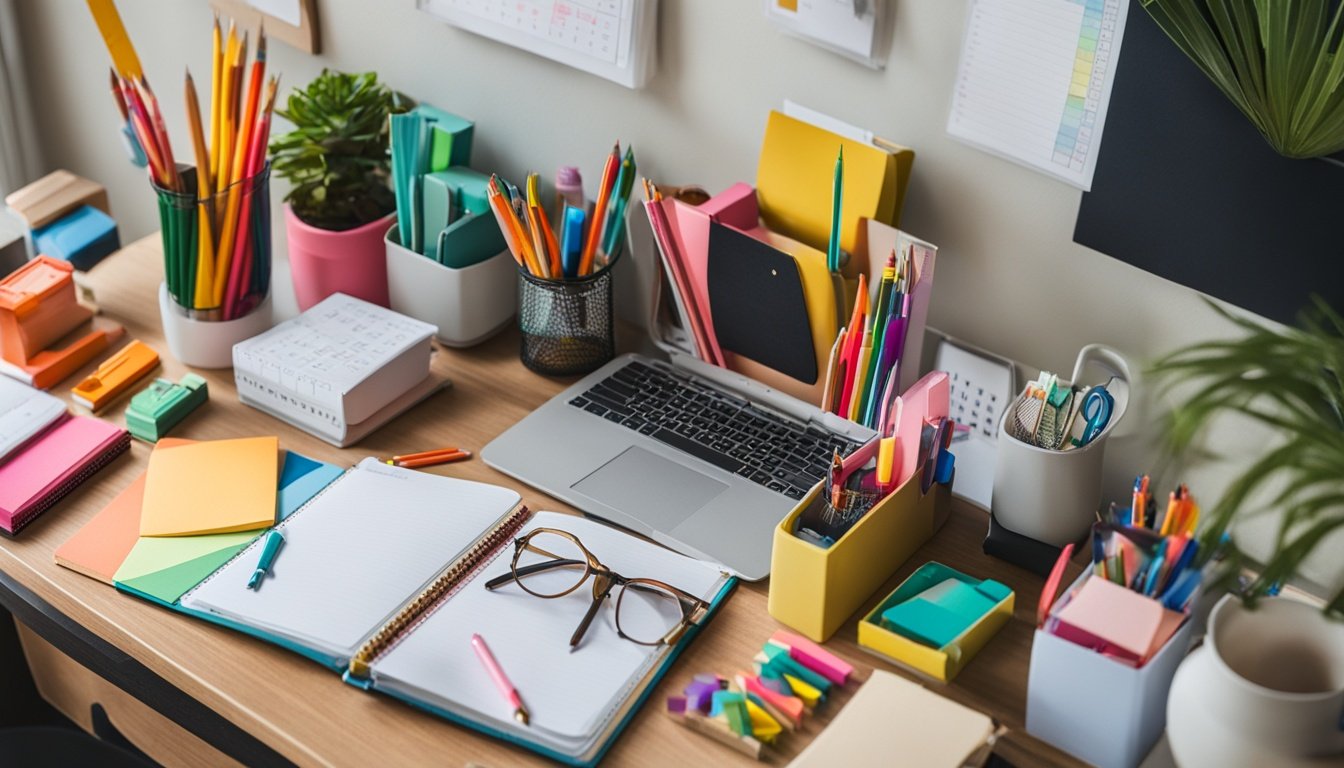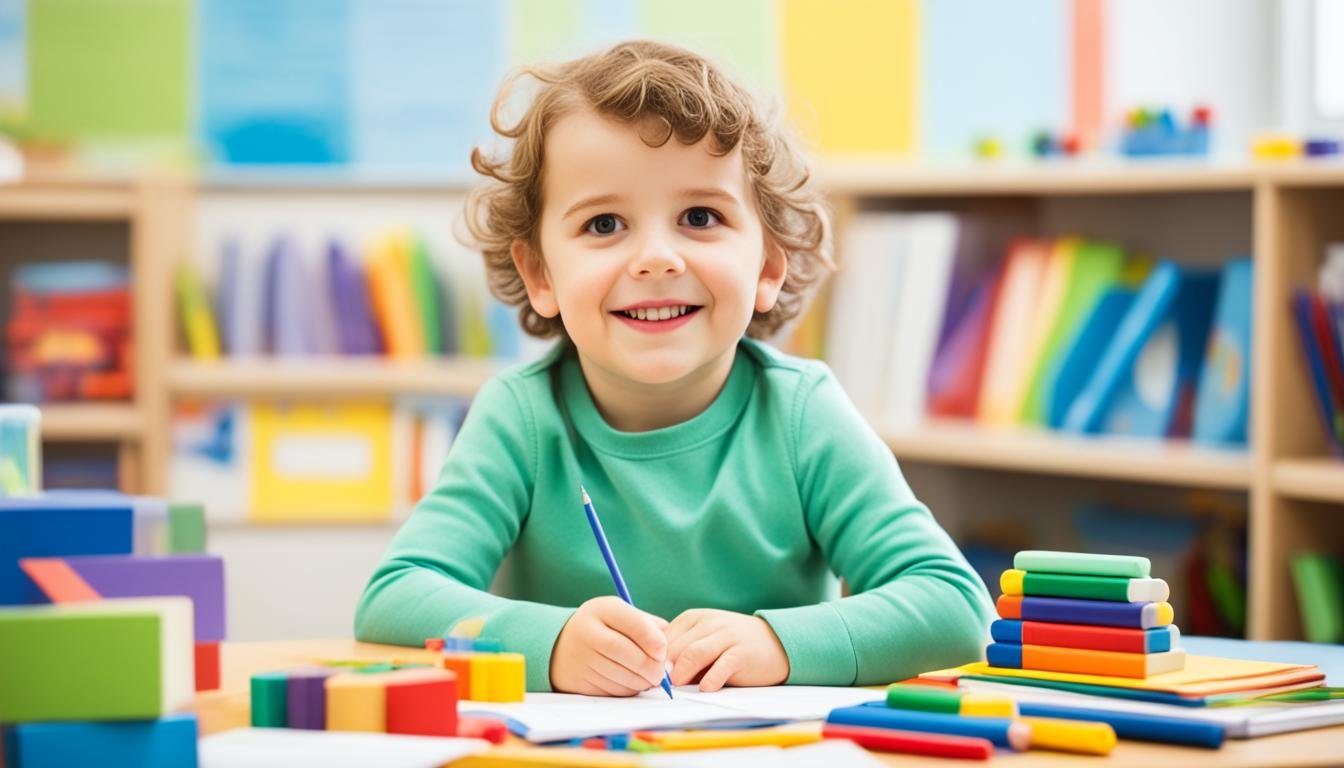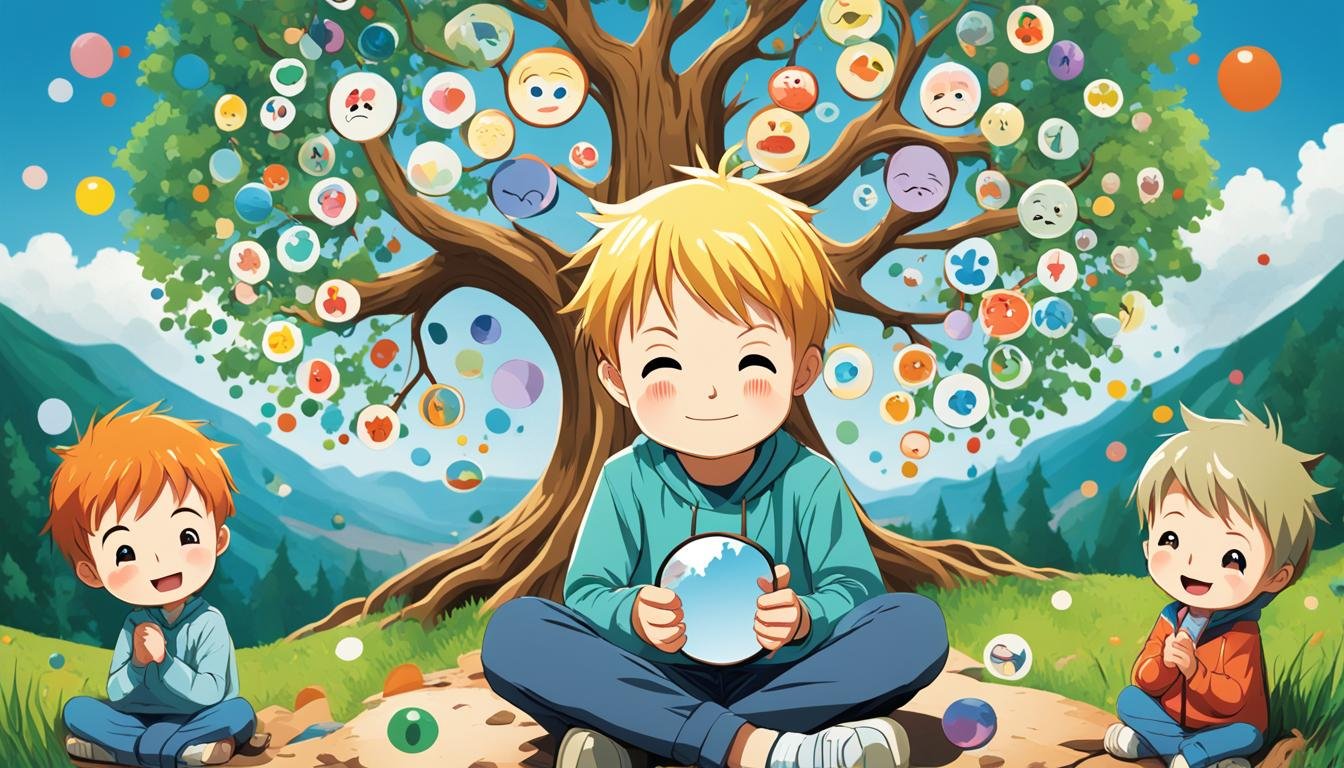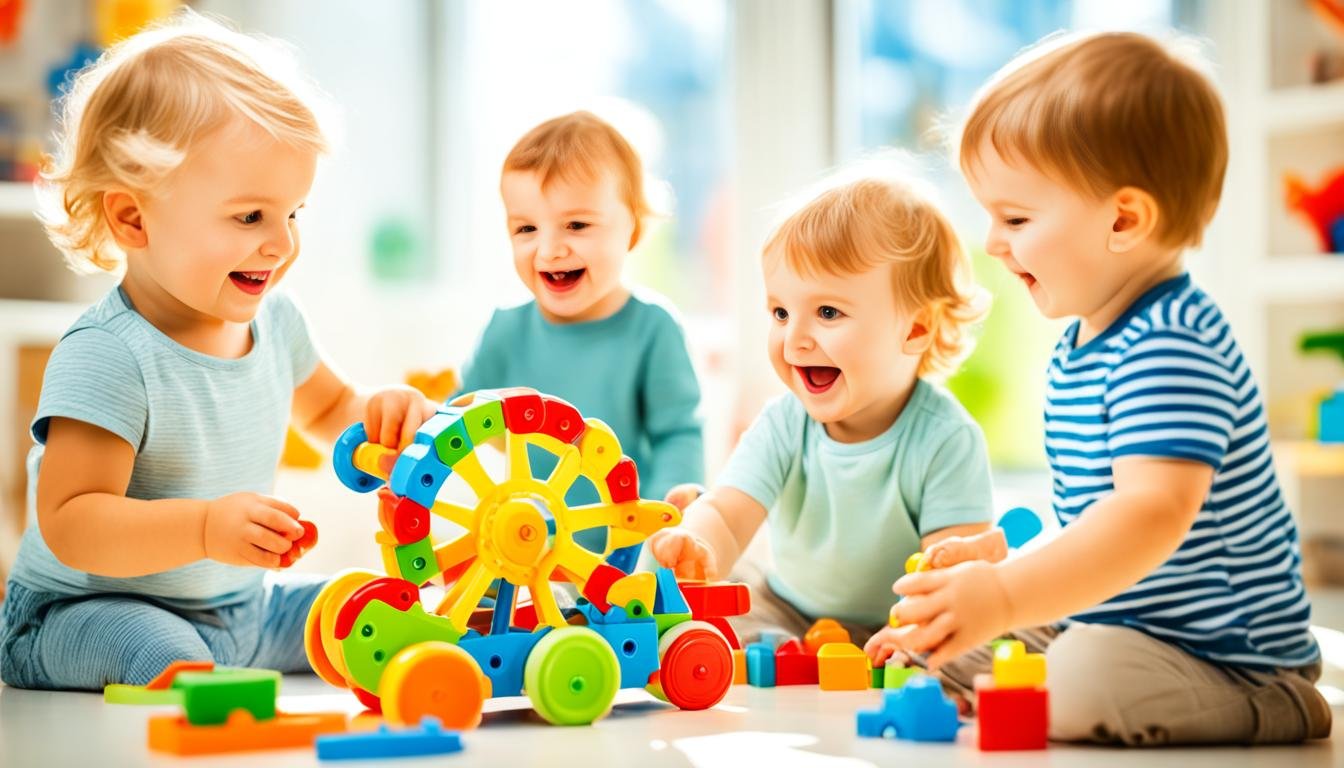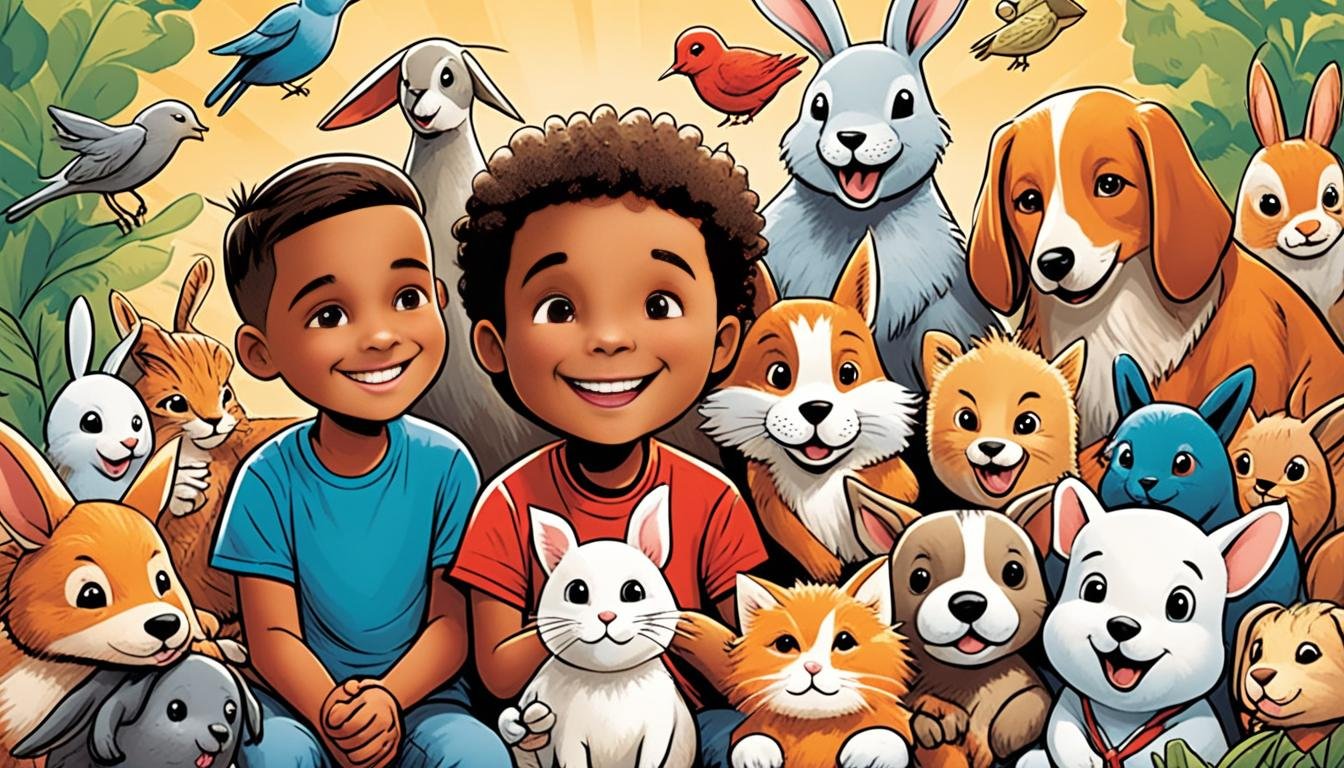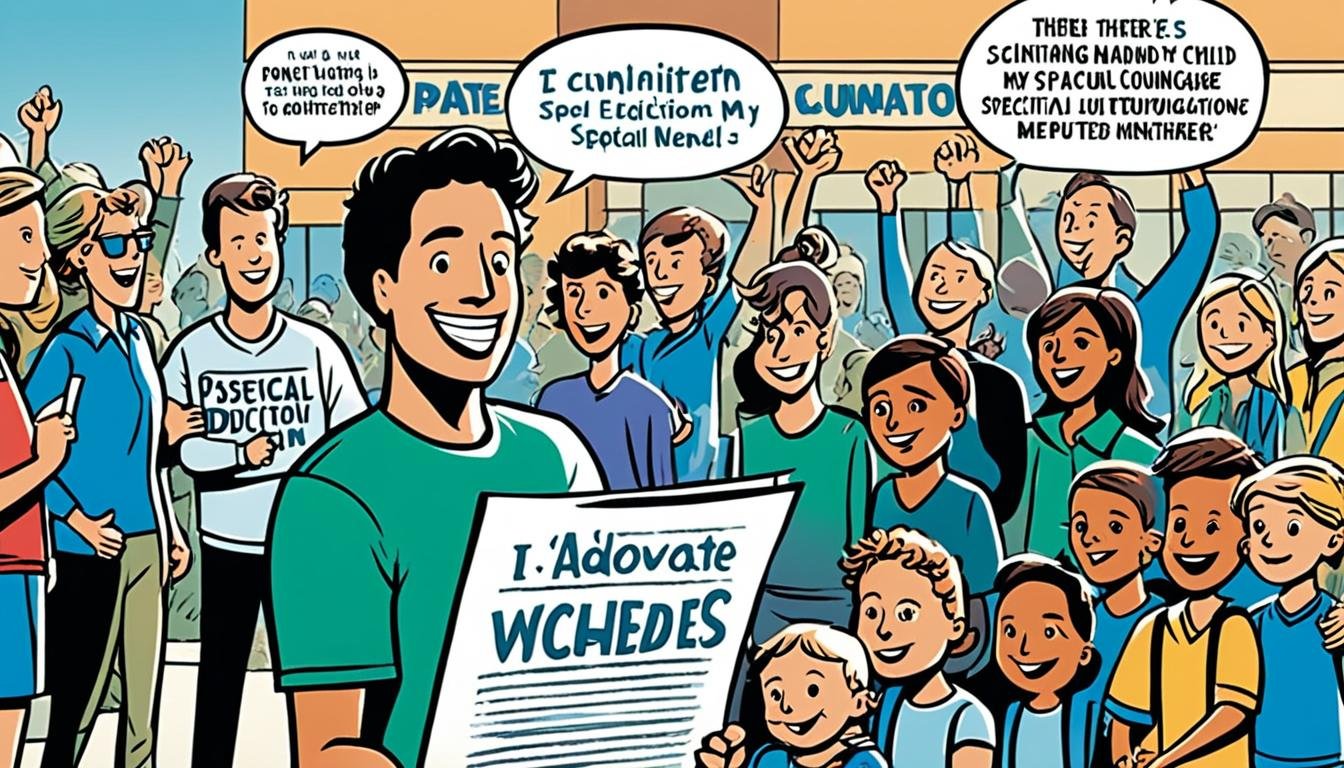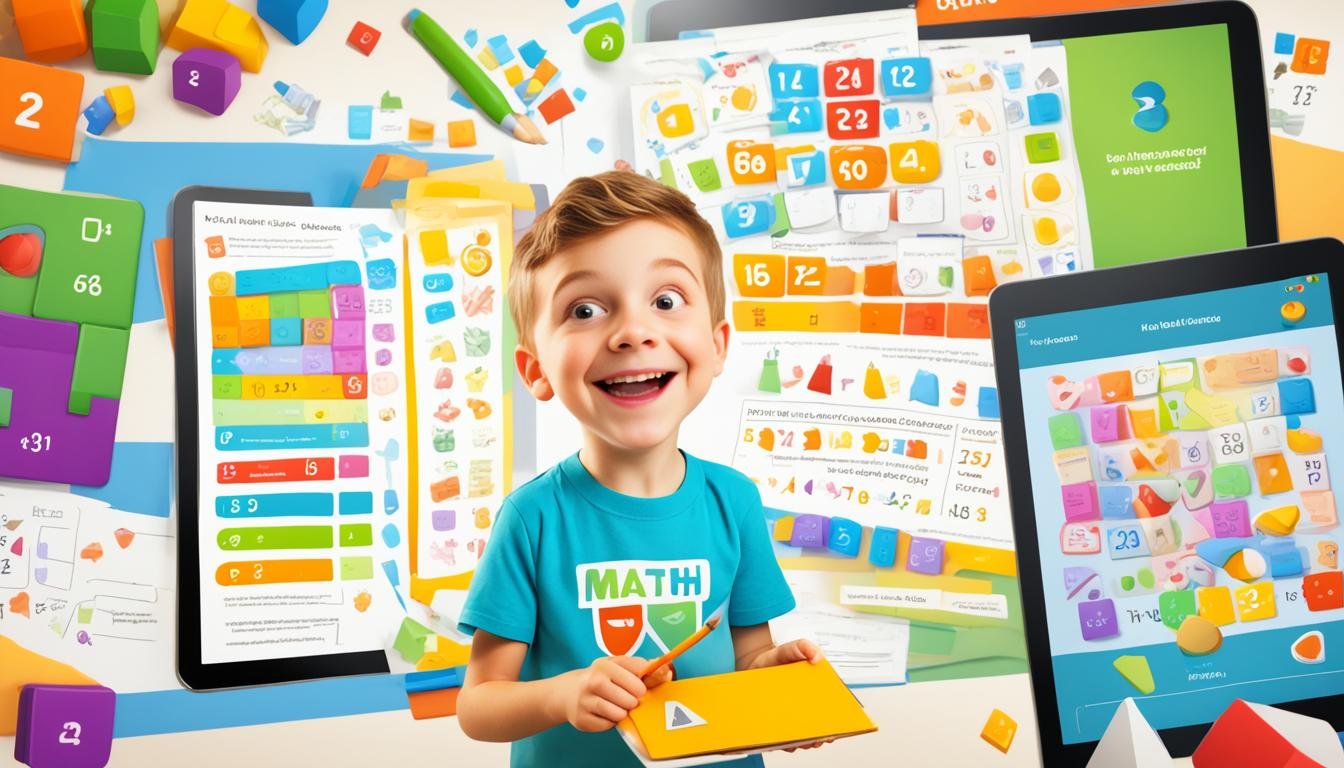Do you want to help your child grow their imagination and reach their creative potential? It’s key to start teaching creative thinking early. This helps with their brain growth and personal development. By making a space that supports exploring, solving problems, and thinking differently, you and teachers can help kids get ready for a changing world.
Key Takeaways
- Creativity is a learnable skill that can be nurtured from an early age
- Creating a dedicated creative space with varied art supplies encourages exploration
- Exposing children to diverse examples and materials sparks their imagination
- Hands-on, open-ended activities promote problem-solving and cognitive flexibility
- Engaging the senses through experiences cultivates a growth mindset
Introduction
Creativity is key for kids throughout their lives. It means using imagination and ideas to make something new, like art or a solution. Creativity is more about thinking differently than being born with it. It can be developed early.
By encouraging creativity in children, parents and teachers help them learn important skills. Skills like problem-solving, divergent thinking, and cognitive flexibility are useful in school and life. These skills help kids succeed and be happy.
The Benefits of Nurturing Creativity
- Enhances problem-solving skills by making kids think differently
- Helps them adapt to new situations with cognitive flexibility
- Boosts imagination and creative thinking for new solutions
- Gives kids self-confidence as they try out their ideas
- Makes kids feel good through creative activities
When kids learn that creativity is a skill from the start, they grow to love the creative process. By focusing on creativity development, kids can reach their full potential. This helps them do well in a world that’s always changing.
“Creativity is not just for artists. It’s for businesspeople looking to innovate, it’s for engineers trying to solve problems, it’s for parents who want to raise their children in a more effective way.”
–Ken Robinson, renowned education expert and author
Designate a Creative Space
Creating a special area for your child can really boost their creativity and exploration. Set up a creative space in your home, like a playroom or a kitchen corner. Fill it with art supplies and creative materials. Think about including paper, crayons, paints, and building blocks. This way, you’re telling your child this is a place for learning and making things.
Set up a dedicated area for creative activities
Pick a spot in your home that’s easy for your child to get to. Think about the lighting, floor space, and where to store their art supplies. Make sure the area is tidy and welcoming. Have all the materials within reach to encourage hands-on exploration.
Stock it with a variety of art supplies and materials
Fill the creative space with lots of different materials to spark your child’s imagination. Have various papers, drawing tools, paints, and modeling clay. Change out the supplies now and then to keep things interesting and fresh.
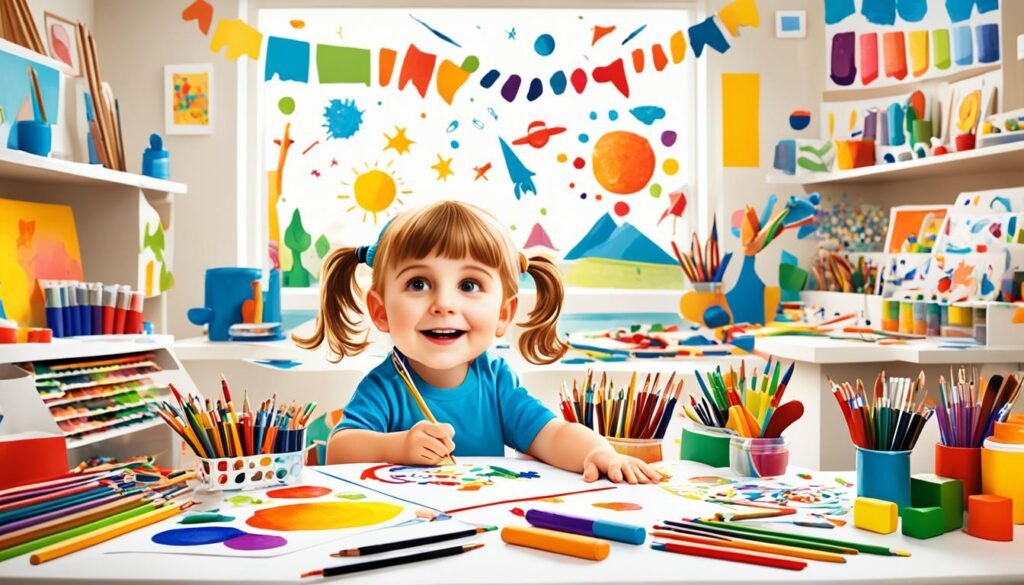
“Creativity is just connecting things. When you ask creative people how they did something, they feel a little guilty because they didn’t really do it, they just saw something. It seemed obvious to them after a while.” – Steve Jobs
Provide Examples and Inspiration
Showing your child creative examples and sources can spark their imagination and problem-solving skills. By sharing a variety of sample projects and inspiring examples, you give them a great start for their own projects.
Show Sample Projects to Spark Ideas
Collect examples that match your child’s interests, like drawings, sculptures, or crafts. These projects can make them curious and help them think differently.
Encourage Them to Put Their Own Spin on the Examples
While examples can be great starting points, it’s key to let your child add their own twist. Encourage them to make the projects their own, explore their creativity, and come up with new ideas that show their unique interests.
“Creativity is contagious. Pass it on.” – Albert Einstein
By offering many sample projects and letting your child add their own twist, you help them grow their creativity. This approach boosts their confidence to follow their own ideas and make things their own.
Encourage Hands-On Projects
Starting creativity in kids often begins with hands-on projects. Let them explore and experiment with different materials. Offer art supplies, building materials, and things like play dough or kinetic sand. This sparks their imagination and curiosity.
Open-ended play and exploring materials helps new ideas come to life. Instead of giving them specific tasks, make a space for experimentation and learning by doing.
Explore and Discover
Push your child to get into creative play and material exploration without worrying about the end result. Let them play with materials in new ways. This sparks creativity through the senses.
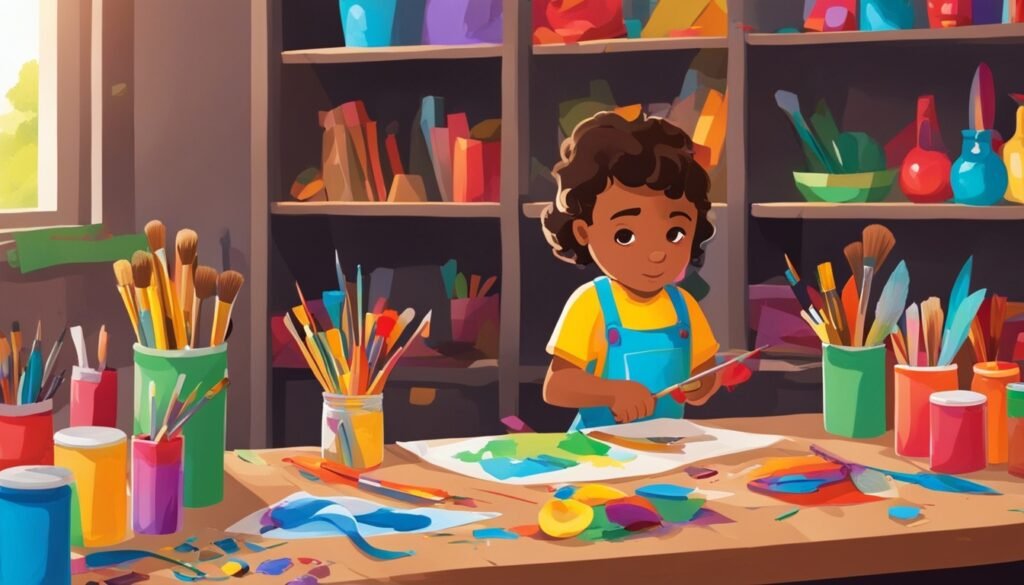
“Imagination often starts in the brain, but the hands can help nurture it.”
Creating a space for open-ended play and hands-on projects lets your child explore, discover, and grow their creative skills.
Go Beyond Paper and Crayons
Traditional art supplies like paper and crayons are great for starting creativity. But, adding more materials and tools can make your child’s imagination soar. Consider offering everything from high-tech robotics kits and 3D printers to low-tech beads and jewelry-making supplies. This mix encourages your child to explore and experiment freely.
Creativity-Boosting Tools
Here are some engaging, hands-on learning ideas:
- Robotics kits that let kids build and program their own creations
- 3D printers for making unique, real objects
- Toy car and ship kits for fun tinkering and making them their own
- Beads, sequins, and jewelry-making supplies for making accessories
- Cloth materials, sewing machines, and textile tools for fashion design
- Newspapers, magazines, and collage materials for mixed-media projects
- Play-Doh and Kinetic Sand for sensory-rich creations
By offering a wide range of creative tools and diverse art materials, you help your child develop a spirit of innovation and open-ended exploration. This is great for their hands-on learning and STEM projects.
Activate All the Senses
Creativity grows when kids use their senses in different ways. By taking them on outings that make their eyes, ears, skin, and nose work, you help them think better and be more creative.
Sensory Engagement Through Exploration
Take your child on field trips to places that let them touch and see things up close. Go to the library, zoo, park, museum, garden, or science center. These places let kids see, hear, touch, and smell new things. This kind of learning makes them curious and helps them think creatively.
- Encourage them to use all their senses to see what’s around them.
- Let them touch and feel things they see.
- Talk about what they see, hear, and smell to help them think better.
By taking your child on different field trips and letting them explore with their hands, you help them be more creative. This also helps them understand the world better.

“Creativity is not just about making art or music – it’s about how we engage with the world around us and make sense of our experiences.”
Encourage creative thinking in children
In today’s fast-paced world, many kids have busy schedules with little time for free play and imagination. Yet, unstructured free time is as important as structured activities for creativity and thinking skills.
Give your child lots of chances to play freely. This lets them explore their interests, try out materials, and use their imagination without limits. By doing this, you help their thinking skills grow and encourage them to think differently.
It’s important to mix a structured schedule with unstructured free time. Structured activities teach a lot, but open-ended play lets kids really use their creativity and imagination. This balance helps your child grow well-rounded.
Value the power of unstructured free time and help your child’s curiosity and creative thinking. By creating a space for open-ended play, you help them grow and keep a love for learning and exploring.
Step Back and Observe
As parents, it’s easy to want to help our kids with their creative projects all the time. But to help them be truly creative on their own, we need to step back and watch. By not getting too involved, we let our kids find their own creative paths and think for themselves.
Observe and Engage
When your child is making something creative, don’t try to take over or tell them what to do. Just step back and observe as they play and explore on their own. This way, they can really own their creative projects and find their own ways to solve problems. It helps them feel more confident in their creativity.
Sometimes, you can engage with them by asking questions that make them think more about their work. But don’t give too much advice or feedback. The aim is to help them make their own choices and learn from doing things their way, not to push your own ideas on them.
“The role of the parent is to create conditions for experimentation and discovery, not to intervene, make judgments, or impose structure upon a child’s creative process.”
Creating a space where your child can be independent helps their creativity grow in amazing ways.
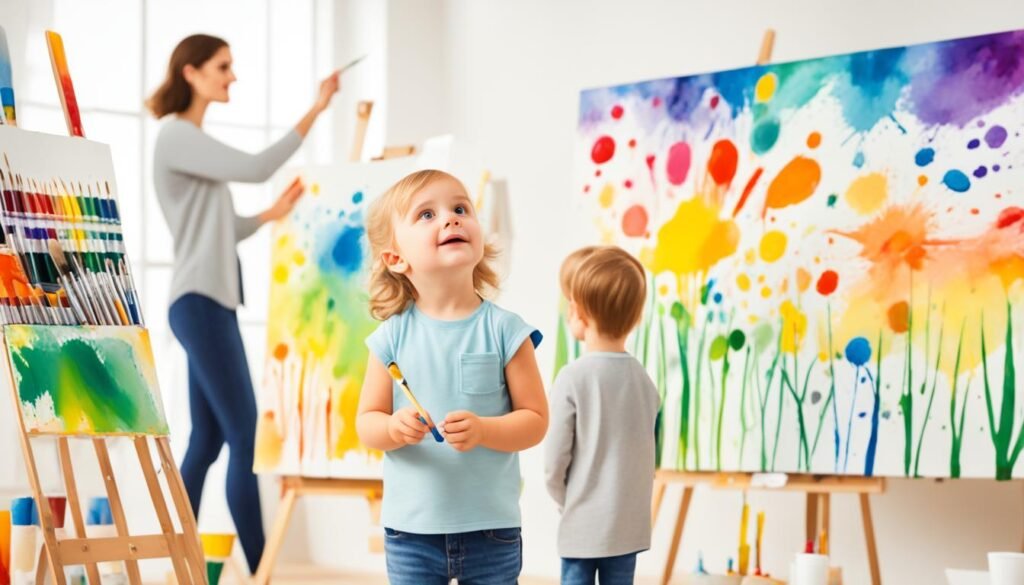
Ask Questions and Engage
Asking open-ended questions and talking about your creative process can really help your child. It makes them think more and boosts their creativity. It also helps them get better at critical thinking and seeing their own growth in creativity.
Encourage Reflection Through Questioning
Ask your child about their projects. Wonder how they thought of the idea, what made them start, or what they’re planning next. This makes them think deeply and share their thoughts and ideas.
Share Your Own Creative Journey
Talk about your own creative journey too. Share how you handle challenges or what strategies work for you. Showing how you reflect helps kids understand creativity and the importance of reflection.
| Open-Ended Questions | Creative Process Discussion |
|---|---|
| – How did you come up with this idea? – What inspired you to create this? – What are you planning to do next? |
– What challenges did you face and how did you overcome them? – What strategies do you use when you get stuck? – How do you know when a project is finished? |
“Asking open-ended questions and discussing the creative process helps children develop critical thinking skills and a growth mindset around creativity.”
Help Them Find Their Passions
Encouraging kids to explore their interests and hobbies is key to boosting their creativity. Watch what they love most, like dinosaurs or making jewelry. Give them the chance to dive deeper into these passions. This helps them feel a real connection and express their creativity more.
Supporting your child’s passions does more than just boost creativity. It also gives them a sense of purpose and motivation from within. When kids love what they do, they dive in fully. This can lead to new ideas and ways to express themselves.
Encourage Them to Pursue Their Interests and Hobbies
Give your child lots of materials and experiences tied to their hobbies. Show them books, videos, and classes that can help them grow. Encourage them to try new things and keep exploring their passions.
Helping your child with their hobbies does more than just spark creativity. It also builds a love for learning and discovering who they are. The more they enjoy what they do, the more creative they’ll become and reach their full potential.
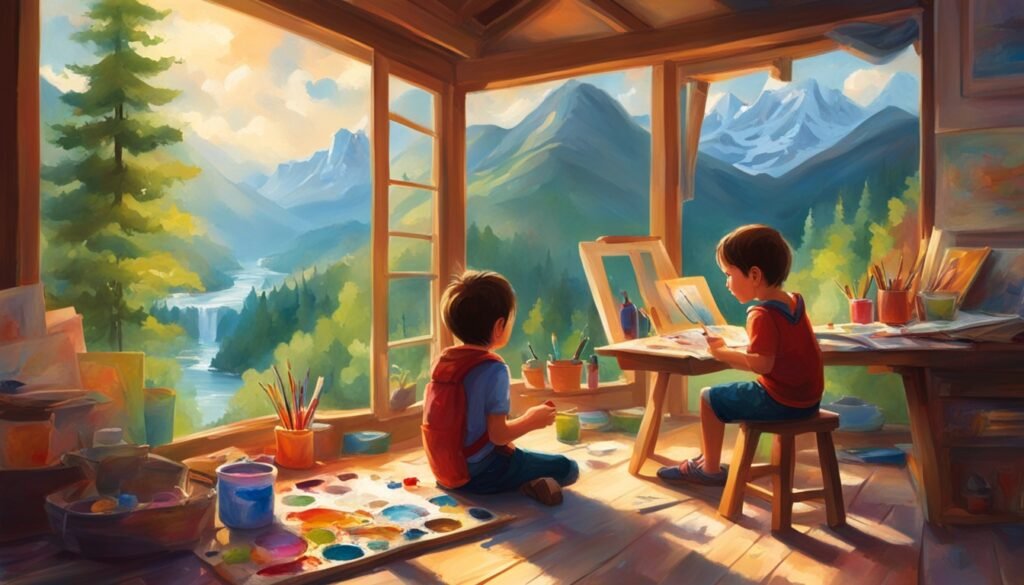
| Hobby | Potential Creative Outlets |
|---|---|
| Art | Painting, Drawing, Sculpting, Photography |
| Music | Composing, Songwriting, Instrument Playing |
| Coding | Game Design, App Development, Robotics |
| Gardening | Floral Arrangements, Landscape Design, DIY Projects |
“Passion is the genesis of genius.” – Tony Robbins
Emphasize the Process, Not Just the Product
When we want to boost creative thinking in children, we should focus more on the creative process. Show them the steps, inspirations, and experimentation behind their creative work. This helps build a growth mindset and a love for the creative process.
Don’t just look at the final product. Celebrate the hard work and progress your child has put in. This way, they learn to take risks and try new things. It also teaches them to value the creative process more than being perfect.

“Creativity is not just about the final product; it’s about the journey of exploration and experimentation that gets us there.”
By focusing on the creative process, your child will grow with a growth mindset and a deep love for creativity. This will benefit them for the rest of their lives.
Collaborate and Share Ideas
Helping your child grow creatively is more than just about their own work. Sharing ideas and working together can really boost their creativity. When your child works with others, like friends or siblings, they learn to share and inspire each other.
Foster Collaboration and Idea-Sharing
Make sure your child has chances to work with others on creative tasks. They could brainstorm with a friend, work on a project together, or give each other feedback on their work. Adult-child partnerships are also great, as they show how to share ideas and build strong relationships through teamwork.
Get Involved as a Collaborator
Don’t hesitate to join in the creative process with your child. Working together lets you see things from their point of view and share your own ideas. This way, you both learn and grow together, making your bond stronger.
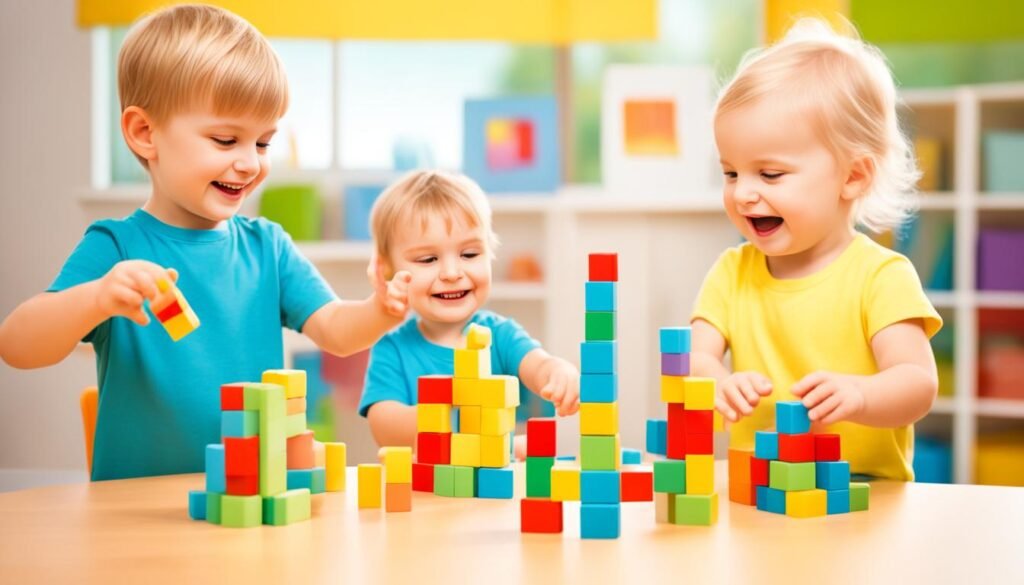
“Creativity is best fostered in an environment where ideas are freely shared and built upon.”
Encouraging your child to work with others and share ideas is key to growing their creativity. It also prepares them for the real world, where these skills are very important.
Reflect and Discuss Their Thinking
Encouraging your child to think deeply about their creative projects is key. It helps them develop their thinking skills. By making them think about their creative process, you help them understand their own thought patterns and how they solve problems.
This kind of thinking is important for a growth mindset. It shows them that they can get better at things with hard work and effort.
Encourage Reflection
Ask your child questions that make them think more about their work. You might ask how they came up with their ideas or what they learned during the project. These questions help them share their thought processes and understand their strengths and weaknesses.
It also helps them learn from their experiences and plan better for the future.
Engage in Meaningful Discussions
When your child talks about their reflections, listen carefully and join in the conversation. Share your own creative stories and ideas. Together, find ways to tackle challenges or improve their projects.
These talks help your child understand their creativity better. They also make your relationship stronger and give you insights to support their growth.
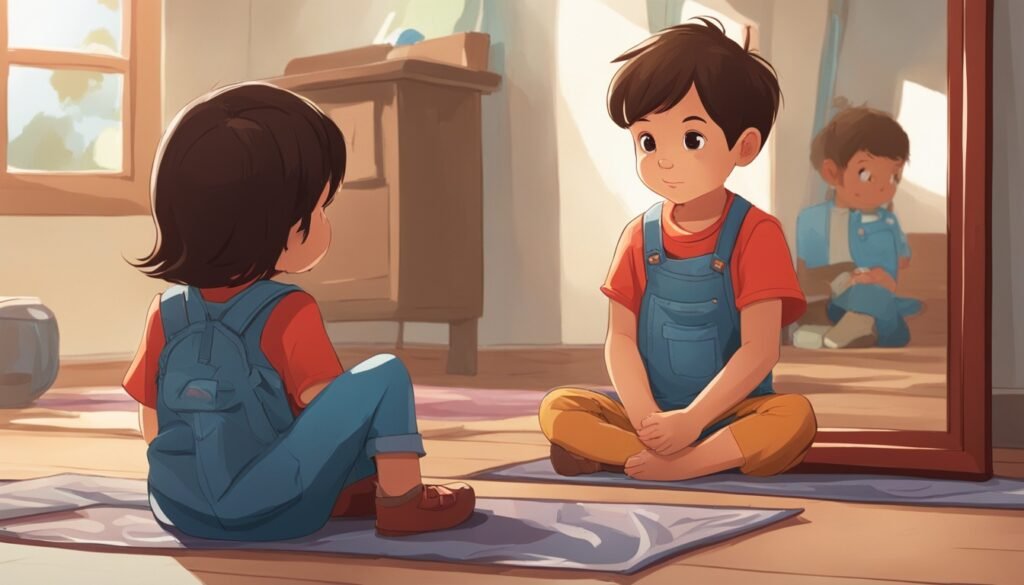
“Reflection is the key to unlocking the full potential of creative thinking and problem-solving in children.”
By promoting reflection and discussion, you help your child become more metacognitive. This boosts their creative thinking, problem-solving skills, and growth mindset. This process prepares them for a lifetime of creative success.
Conclusion
Helping kids be creative from a young age has big, lasting benefits. By giving them a supportive space, lots of materials, free play, and time to think, we help them grow creatively. This helps them solve problems, think differently, and be more innovative.
When we support a child’s creativity, we’re helping them grow and succeed in the future. By using creative ways to learn, kids can reach their full potential. They get ready for a world that values new ideas. They learn to work together, explore by doing, and discover new things.
This article gives parents and teachers ways to make kids more creative early on. By making creativity a priority, we help the next generation be the thinkers, problem-solvers, and leaders we need.
